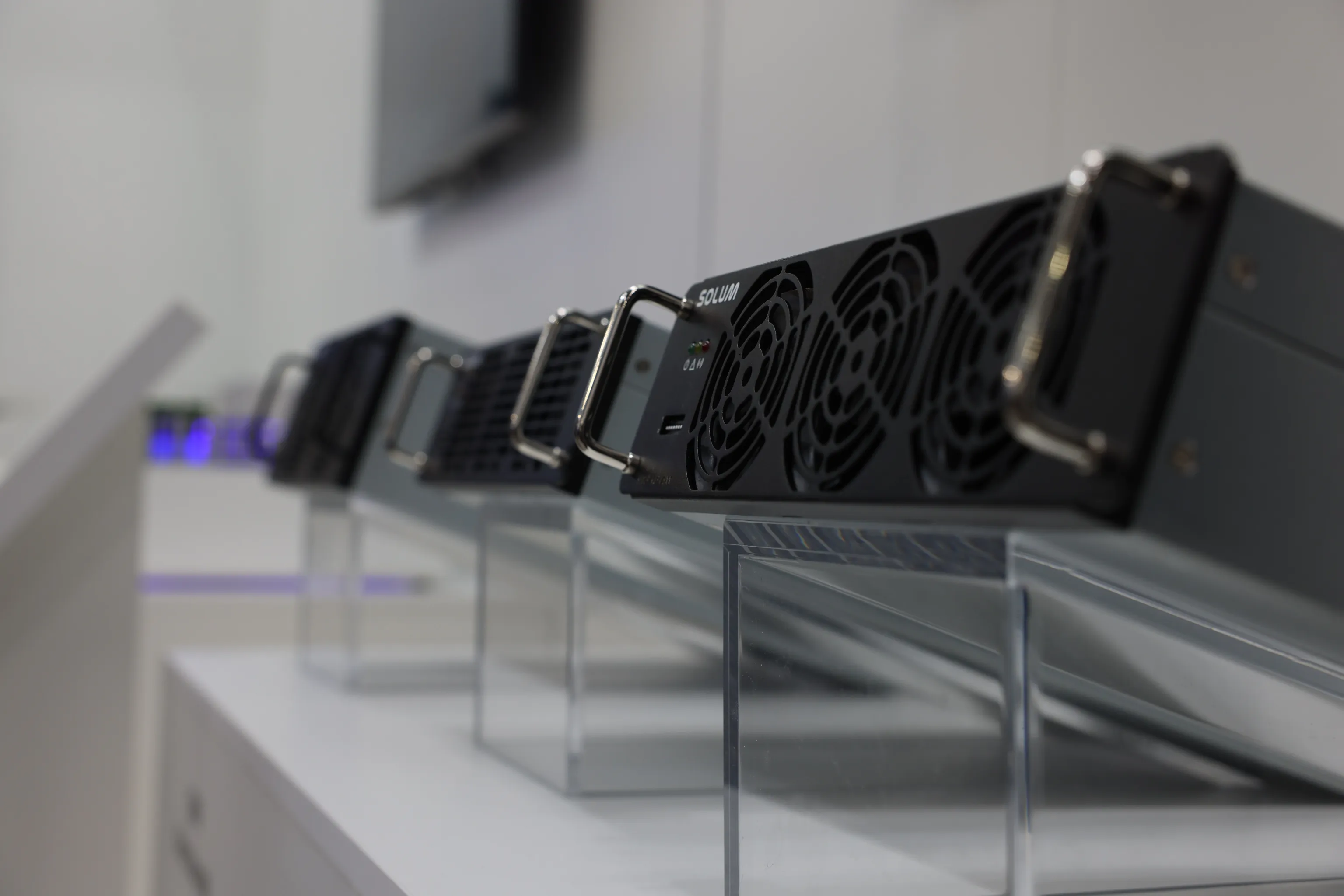It’s easy to get confused when it comes to smart boards and smart TVs. Not only do they look alike, but their functions also have certain similarities. Both can be seen in various public spaces, typically showing some kind of multimedia content. So what’s the difference between smart board vs. smart TV? How do you know which one you need?
What is a smart board?
A smart board, simply put, is an interactive whiteboard equipped with smart technologies. Often also stylized as “SMART Board”, it functions as both a display screen and an input device. This allows users to interact with the content displayed or loaded into it. Apart from displaying or streaming various media content, a smart board can be used to take notes, draw diagrams and illustrations, conduct interactive activities, collaborate with video calls, and more.
Here are some of the key features and benefits of a smart board:
- Interactive Touchscreen Feature: Smart boards usually support touchscreen input. This enables users to interact with the board using their fingers, special pens, or stylus pens. This allows for drawing, writing, collaborating, and navigating through presentations or other software applications.
- Collaboration: Smart boards are designed to enhance collaborative work among users. Multiple people can work on the smart board simultaneously. Which makes it ideal for group projects, brainstorming sessions, and interactive lessons.
- Integration with Software: Most smart boards come with dedicated software, such as the SMART Notebook software, which offers a range of tools for creating, delivering, and managing interactive lessons. They can also integrate with other educational and business software for a variety of applications.
- Device Connectivity: These boards can connect to computers, tablets, and other devices. This allows users to display and interact with content from various sources and gadgets. They also often include ports for USB, HDMI, and more for easier connection.
- Educational Applications: In classrooms and other learning environments, smart boards are used to make lessons more engaging and interactive for everyone involved. Teachers or instructors can use them to display multimedia content, conduct interactive exercises, and facilitate better student participation or engagement.
- Business Use: In business settings, smart boards are used for presentations, marketing, information dissemination, meetings, and various collaborative work. They enable participants to interact with the content in real-time, annotate documents, and share ideas and information visually.
- Advanced Features: Many smart boards include additional features that help make them interactive displays for any use. This includes features such as gesture recognition, multi-touch support, and integration with cloud services. All of these can enhance the overall functionality and ease of use of smart boards.
What is a smart TV?
A smart TV, on the other hand, is a modern television set integrated with internet connectivity, interactive features, and other smart technologies that go beyond the basic functionalities of traditional TV. Users can use a smart TV to stream multimedia content, browse the web, and use apps directly on the TV.
Smart TVs can also vary in features and technologies, depending on the brands and TV models. However, it can be expected that smart TVs have advanced technologies that create an immersive experience, merging the functions of computers, TVs, and media players. Because of this, a smart TV provides a modern, all-around entertainment experience for a lot of households, establishments, organizations, and more.
Here are some of the key characteristics and functions of a smart TV:
- Internet Connectivity and Capabilities: Smart TVs can connect to the internet via Wi-Fi or Ethernet. This enables access to a wide range of online content and Internet applications.
- Streaming Services: Users can use smart TVs to stream movies, TV shows, and other media content from popular streaming services and platforms. Because of this, smart TVs usually have pre-installed streaming apps such as Netflix, Hulu, Amazon Prime Video, Disney+, YouTube, Spotify, and many others without needing external devices. This makes it more convenient and simple for users.
- Apps and Widgets: Apart from the streaming apps, smart TVs come with a variety of other pre-installed apps. They also usually allow users to download additional apps from an app store, just like most Android and modern mobile devices. These apps can include social media platforms, news services, music streaming, games, and more.
- Web Browsing: Many smart TVs have built-in web browsers as well. This enables users to surf the internet, check emails, and visit websites directly from their TV.
- Smart Home Integration: Other smart TVs can be integrated with other smart home devices and systems in the vicinity. This allows users to control lights, thermostats, and other connected devices directly from their TV.
- Voice Control: Advanced smart TVs often support voice commands, which can be used to search for content, change settings, and control other smart home devices. This feature is usually facilitated by built-in virtual assistants like Amazon Alexa, Google Assistant, or proprietary systems, which can also be part of the smart home integration.
- Screen Mirroring and Casting: Users can mirror or cast content from their smartphones, tablets, or computers on the TV screen. This makes it easier to share photos, videos, and other media to the smart TV, reaching more people and boosting exposure.
- Personalized Recommendations: Smart TVs often use algorithms to recommend content based on the user’s viewing habits and preferences. They are able to show suggested films and TV shows from various streaming apps to the users.
- Firmware Updates: Manufacturers can automatically and remotely provide updates to the TV's software, ensuring that it remains up-to-date with the latest features, security patches, and improvements.
- Smart TV Boards: TV boards act as the television set’s brain and power source. Smart TVs will have reliable and innovative TV boards to help the device function and perform properly. An example of this would be SOLUM 3-in-1 TV Boards, which neatly combine the three circuit boards (video board, power board, and tuner) into a single printed circuit board. This solution from SOLUM Group allows for a lightweight and more compact smart TV design.
- Enhanced User Interface: Smart TVs feature user-friendly interfaces that make it easy to navigate between different apps, inputs, and settings. This helps create a wholesome and smooth experience for various kinds of users.
Smart Board vs Smart TV: The Differences
While both smart boards and smart TVs offer advanced features for entertainment and various purposes, they are designed for different primary purposes and have their own distinct functionalities. They might look alike, and they might be used interchangeably, but it’s important to know their distinction.
Here are the key differences when it comes to smart board vs smart TV:
Primary Purpose and Use Cases
Smart Board
- Educational and Business Focus: Smart boards are primarily used in educational settings and business environments for interactive teaching, presentations, and collaborative work.
- Interactivity: They are designed to facilitate direct interaction with content through touch and digital pens. Multiple users can interact simultaneously as well.
- Collaboration Tools: Includes specific tools and software for creating interactive lessons, conducting meetings, and brainstorming.
Smart TV
- Entertainment Focus: Smart TVs are mainly used for home entertainment, streaming media, gaming, and accessing a variety of online content.
- Media Consumption: They are optimized for watching TV shows, movies, and using apps for entertainment purposes.
- Interface: A smart TV provides a user-friendly interface for navigating streaming services, apps, and internet browsing.
Environment and Application
Smart Board
- Classrooms and Meeting Rooms: Smart boards are commonly found in educational institutions and corporate meeting rooms where interactivity and collaboration are key.
- Interactive Learning and Presentations: Used for dynamic teaching methods, interactive lessons, and engaging presentations for students and learners.
Smart TV
- Living Rooms and Entertainment Spaces: A smart TV is typically used in homes, hotels, and other spaces where media consumption is the main focus.
- Streaming and Gaming: It is ideal for watching streaming content, playing video games, and accessing various entertainment apps.
User Interaction and Engagement
Smart Board
- Direct Interaction: Users interact directly with the screen of the smart board using touch or pens, which makes it highly interactive.
- Collaborative Interaction: It supports simultaneous multi-user interaction, making smart boards ideal for group activities and collaborative projects.
Smart TV
- Remote and Voice Interaction: A smart TV is primarily controlled via remote control or voice commands, with limited direct interaction.
- Personal Viewing and Entertainment: Smart TVs are primarily designed for individual or family media consumption rather than collaborative interaction or projects.
Software and Content
Smart Board
- Interactive Software: A smart board is designed to support educational and business applications with tools for annotations, interactive lessons, and real-time collaboration.
- Content Creation and Presentation: It also helps facilitate the creation and sharing of interactive content, such as multimedia, interactive lessons, and collaborative documents.
Smart TV
- Streaming and Media Apps: A smart TV gives access to a wide range of streaming services (Netflix, Hulu, Amazon Prime, etc.), as well as other entertainment apps.
- Web Browsing and Media Playback: It also provides basic web browsing capabilities and supports media playback from various sources.
Hardware and Features
Smart Board
- Touch Screen: Smart boards feature high-precision touch sensitivity with support for digital pens and multi-touch gestures.
- Connectivity: This often includes multiple ports (USB, HDMI, etc.) for connecting computers and other peripherals. This can also be integrated with other devices for collaborative use.
Smart TV
- Display Screen: High-definition or 4K displays optimized for video quality and media playback.
- Built-in Apps: Smart TVs are preloaded with apps for streaming services, games, and social media. Users can download additional apps from the TV's app store.
- Remote Control: They are typically operated using a remote control, with some models offering voice control through virtual assistants like Alexa or Google Assistant.
Both smart boards and smart TVs are technological marvels in showing media and entertainment, both great investments when it comes to businesses or personal endeavors. What you need to do now is carefully assess your needs and figure out which of the two, smart TV vs. smart board, fits your needs and preferences best. Keep their key differences in mind to help you decide.











